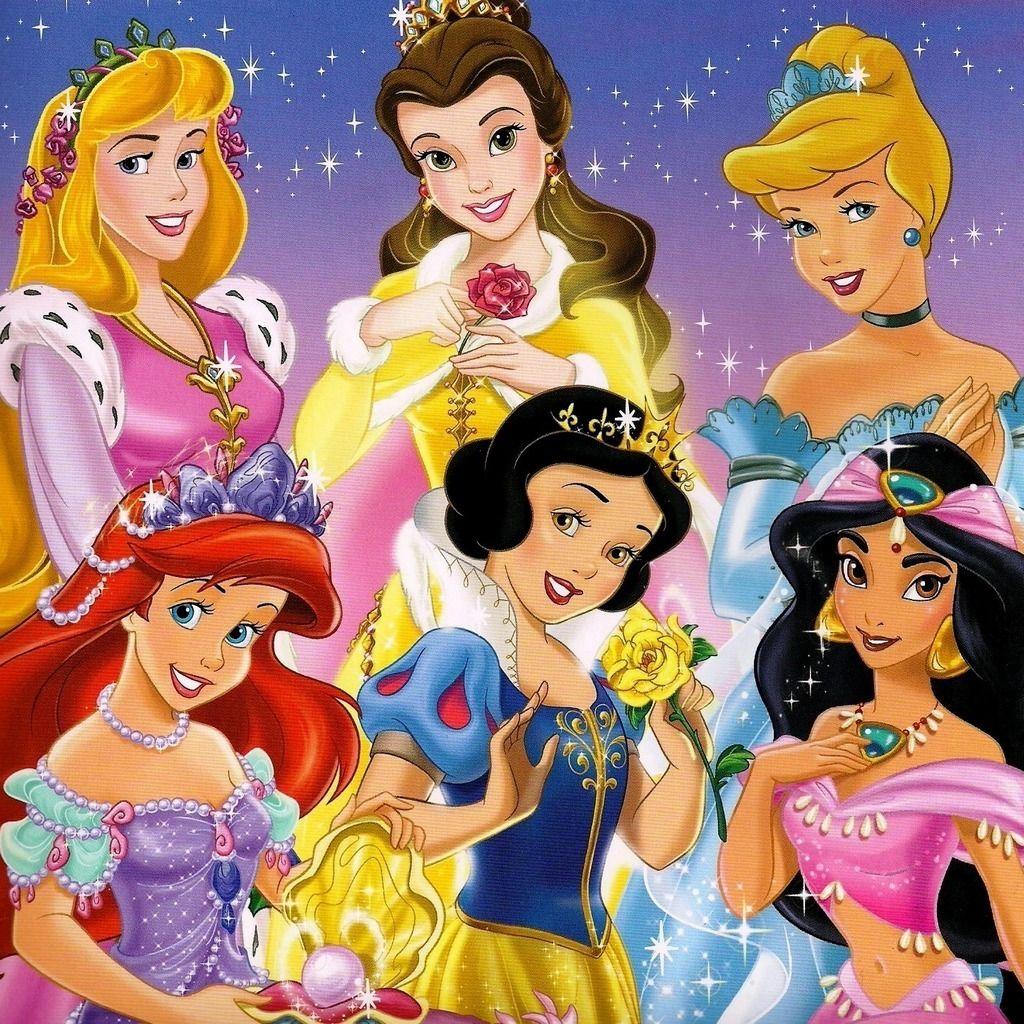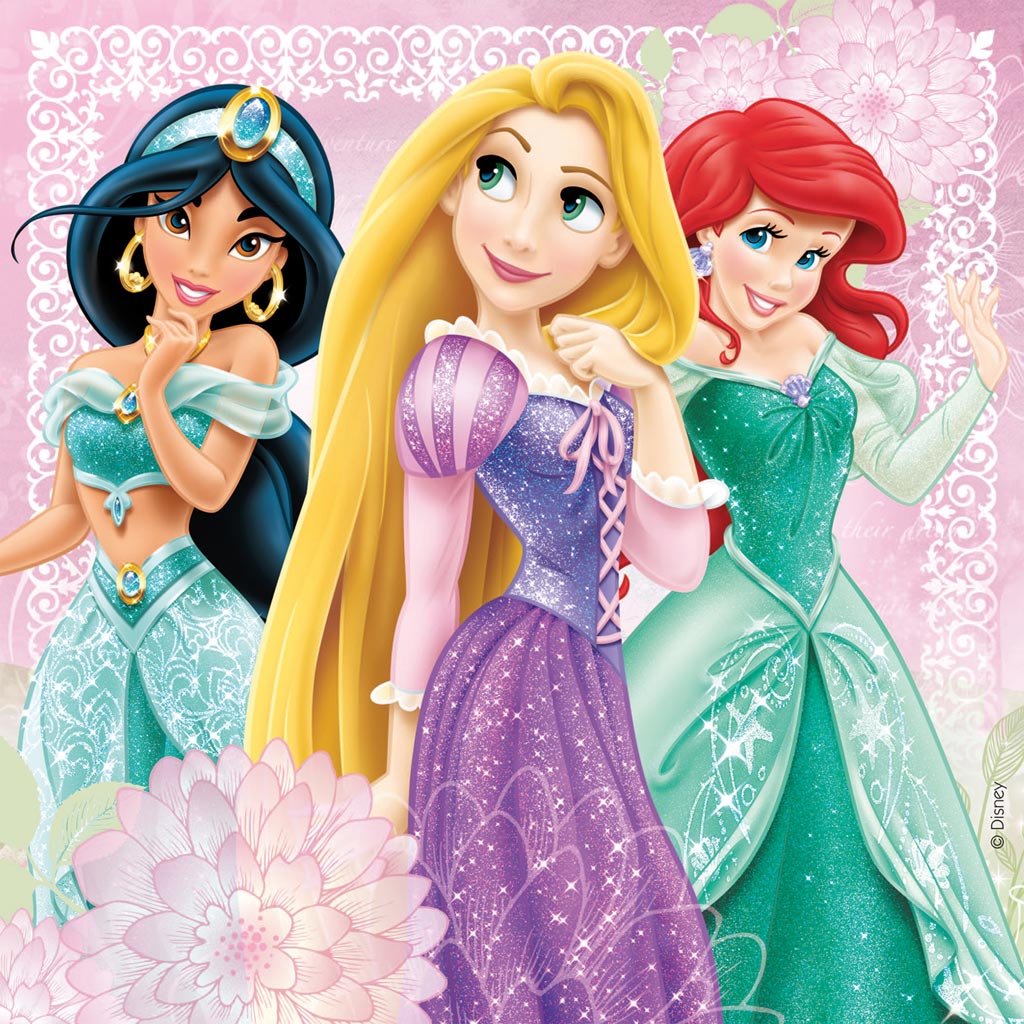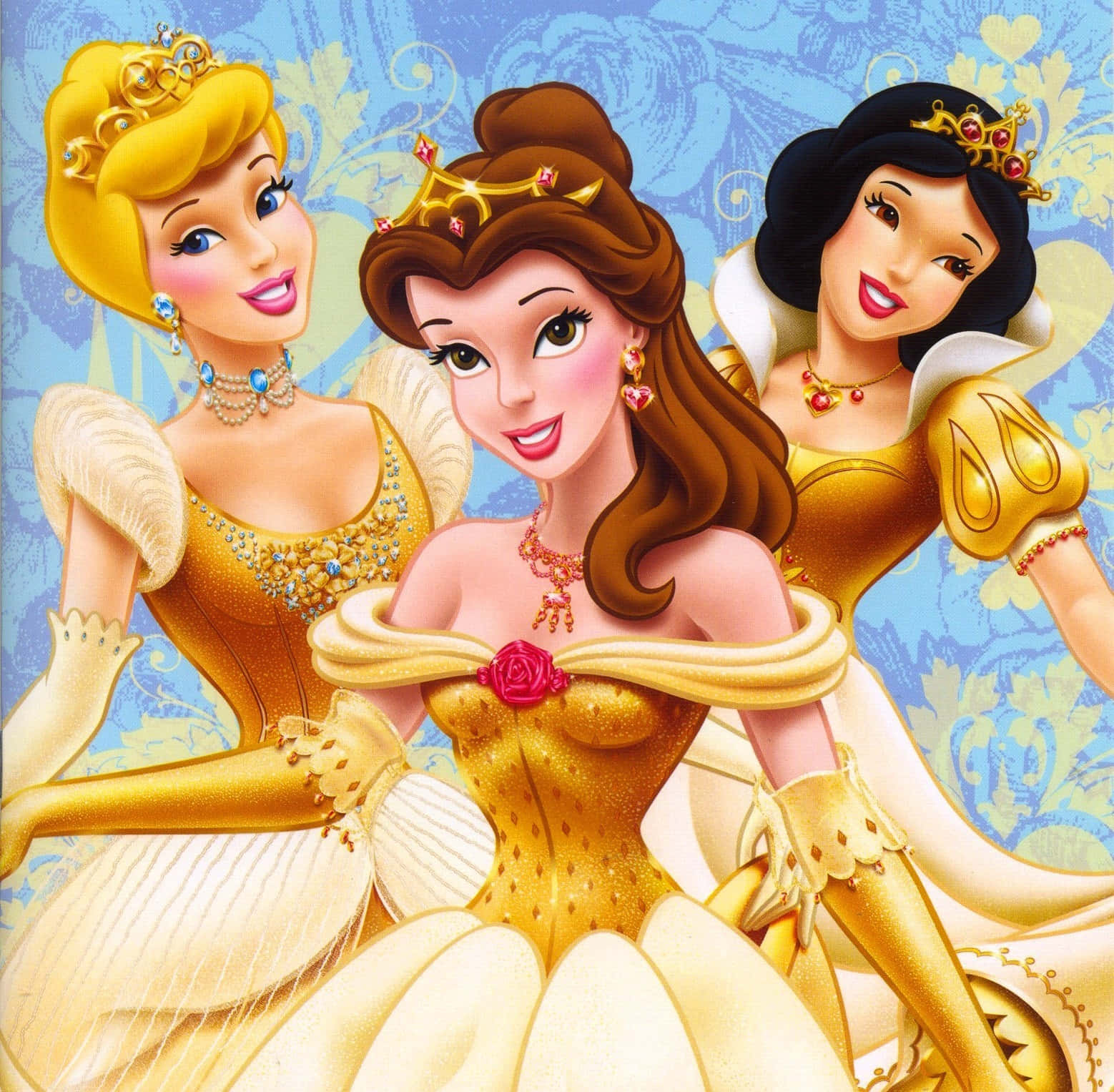Detail Author:
- Name : Kylee Nikolaus
- Username : davon.kuphal
- Email : pcarter@yahoo.com
- Birthdate : 1981-04-01
- Address : 53889 Bogisich Forest Apt. 326 West Theodora, MS 24283
- Phone : 321-377-0318
- Company : Fritsch-Jacobi
- Job : Marriage and Family Therapist
- Bio : Repudiandae nemo consequuntur maiores tenetur qui. Sed repellendus laboriosam velit temporibus modi. Similique est et vel rerum et voluptate ut. Dicta suscipit quo consequatur dicta dolore.
Socials
instagram:
- url : https://instagram.com/lura.rau
- username : lura.rau
- bio : Assumenda tempore eos quas dicta. Ut et deleniti quas fuga. Suscipit autem est eveniet.
- followers : 3937
- following : 807
tiktok:
- url : https://tiktok.com/@lura_rau
- username : lura_rau
- bio : Quo et voluptatem doloribus.
- followers : 3231
- following : 2373
There's something truly captivating about the idea of a princess and her jewels. It's a concept that, you know, just seems to sparkle with tales of old, perhaps even whispering about grand events and important people. When we think of these precious things, our minds might wander to glittering crowns, necklaces that catch every ray of light, or maybe even rings that carry a lot of history. These items are more than just pretty adornments; they often hold stories, represent power, or mark significant moments in time. It's pretty fascinating, actually, to think about how these pieces connect to the people who wear them.
The fascination with these precious pieces goes way back, stretching through different cultures and periods. From ancient royal families to the figures we see today, jewels have consistently played a part in how we perceive royalty. They are, in a way, like silent witnesses to history, holding secrets and celebrations within their very structure. We often see them as symbols of wealth, of course, but also as tokens of affection, markers of status, or even protective charms.
When we talk about the princess's jewels, we are really talking about a whole world of meaning and beauty. It's not just about the sparkle or the cost; it's about the legacy, the personal connections, and the way these items help shape the image of those who wear them. So, let's take a closer look at some of these remarkable pieces and the people tied to them, because there's a lot to consider.
Table of Contents
- Who Wears the Princess's Jewels? A Look at Royal Figures
- What Makes Princess's Jewels So Special?
- Can Princess's Jewels Be More Than Just Sparkle?
- What About the Stories Behind Princess's Jewels?
- The Meaning Behind Princess's Jewels
- How Do We Talk About Princess's Jewels?
- Beyond the Glitter - Princess's Jewels and Their Impact
Who Wears the Princess's Jewels? A Look at Royal Figures
When we think about who might wear the princess's jewels, certain names probably come to mind right away. These are people who, through their public roles, have really shown us how these items become part of a larger story. It's not just about who owns them, but how they are presented, and what they come to represent for a lot of people. There are, actually, many figures throughout history who have used their adornments to convey messages or simply to add to their public presence.
Princess Diana - Her Iconic Princess's Jewels
Princess Diana, for instance, became very well-known for her style, and her jewels were certainly a big part of that. She had a way of wearing pieces that made them feel both regal and, in a way, approachable. People often recall her ten most famous pieces of jewelry, including some that were considered extremely valuable. These were items that, you know, really helped define her image and were often discussed in newspapers and magazines.
Her collection included some truly remarkable items. There was, for example, the sapphire engagement ring, which is now worn by another royal family member. Then there were the pearl and diamond chokers, which she would often pair with elegant gowns, really creating a distinct look. She also had tiaras that had been passed down through the generations, pieces that carried a great deal of family history. These items, basically, weren't just pretty things; they were part of her public identity, and each one seemed to tell a bit of her story. She showed us, in a way, how jewels could be both grand and personal.
Princess Diana's connection to her jewels was, in some respects, quite deep. She used them to express herself, sometimes choosing pieces that were bold and modern, and other times opting for items that spoke of tradition. It's almost like her jewels were an extension of her personality, reflecting her grace and her willingness to connect with people. They were, you know, often seen as symbols of her elegance and her humanitarian efforts, too.
| Category | Detail |
|---|---|
| Full Name | Diana Frances Spencer |
| Born | July 1, 1961 |
| Died | August 31, 1997 |
| Spouse | Charles, Prince of Wales |
| Known For | Humanitarian work, style icon, iconic jewelry collection |
Catherine Murat - A Princess's Jewels Story
Another figure who comes to mind when we talk about princess's jewels is Catherine Murat, born Catherine Daingerfield Willis. She was, in a way, a princess from a different kind of background, having married into the Murat family. Her story is a bit different from Diana's, but it still highlights how these valuable items play a role in a royal person's life. Her jewels, you know, would have reflected the style and wealth of her time, representing her position in society.
Catherine Murat's life, as a matter of fact, spanned a period where European royalty was going through many changes. Her connection to the Murat family meant she was part of a lineage tied to Napoleon Bonaparte, which certainly gave her a unique standing. The jewels she possessed would have been pieces that spoke of this historical connection, perhaps family heirlooms or gifts that marked her status. It's interesting to consider how these items would have traveled with her, perhaps from America to Europe, carrying stories of her journey.
| Category | Detail |
|---|---|
| Full Name | Catherine Daingerfield Willis Murat |
| Born | August 17, 1803 |
| Died | August 6, 1867 |
| Spouse | Prince Achille Murat |
| Known For | Grandniece of George Washington, Princess of Naples and of Pontecorvo by marriage |
What Makes Princess's Jewels So Special?
So, what exactly gives princess's jewels their unique appeal? It's more than just the sparkle of diamonds or the glow of pearls, really. A lot of their special quality comes from the stories they carry, the history they have seen, and the people who have worn them. These pieces are often, in some respects, passed down through generations, absorbing the essence of each person who holds them. They become symbols of continuity, of family lines, and of enduring tradition.
There's also the craftsmanship involved, of course. Many of these items are truly works of art, created by skilled jewelers who spent countless hours shaping precious metals and setting stones. The attention to detail, the intricate patterns, and the sheer beauty of the design contribute to their value. You know, these aren't just mass-produced items; they are often one-of-a-kind creations that reflect the taste and wealth of their original owners.
The Allure of Royal Adornments
The allure of royal adornments, particularly the princess's jewels, comes from their connection to a world that feels, in a way, far removed from everyday life. They represent a certain level of grandeur and formality that we don't often see. When we look at them, we are perhaps reminded of fairy tales, of historical events, and of a kind of dignity that is associated with royalty. It's a bit like getting a glimpse behind a velvet rope, actually.
These items also have a way of making history feel more tangible. Holding or even just seeing a piece that was worn by a historical figure can create a very real connection to the past. It's a reminder that these grand figures were, in some respects, real people who lived and breathed and wore these very things. The weight of history, you know, seems to cling to every facet and curve.
Can Princess's Jewels Be More Than Just Sparkle?
Can princess's jewels be more than simply beautiful objects that catch the light? Absolutely. In many stories and even in real life, these items can represent power, influence, or even a person's life journey. They can be tools, basically, used to achieve goals or to symbolize a particular status. It's not just about how they look, but what they help someone accomplish or what they mean to the person wearing them.
Princess Ariana's Unique Collection of Jewels
Consider, for example, Princess Ariana from a story where she is working to become an unrivaled empress. The text mentions she "created a collection of talented men" to achieve this goal. While the original description doesn't say her jewels are literally these men, we can think about how her actual princess's jewels might fit into this picture. Perhaps her jewels are not just ornaments, but symbols of her ambition and her strategy. They might be worn to project an image of strength and capability as she gathers her supporters.
In this context, her jewels could be seen as an extension of her strategic thinking. They could be gifts given to secure loyalty, or they could be pieces that mark her own progress. It's like, you know, each jewel she acquires or wears represents a step closer to her ultimate aim. The sparkle, in this case, isn't just for show; it's a reflection of her growing influence and her determined spirit. She might use them to command respect or to signal her authority, which is pretty clever, actually.
What About the Stories Behind Princess's Jewels?
Every piece of jewelry, especially those belonging to royalty, tends to have a story. These aren't just random bits of metal and stone; they are often tied to specific events, people, or traditions. When we talk about princess's jewels, we are really talking about the narratives woven into their very existence. Some might be wedding gifts, marking the start of a new family line, while others could be coronation pieces, symbolizing the taking of a throne.
Think about the fictional princess Leia, for instance. While her primary focus was on leading a rebellion, the idea of a "ceremony" to make a "battle station operational" suggests a kind of ritual, perhaps with symbolic items. Though not explicitly jewels, the idea of significant objects playing a part in grand moments is similar. The "no star system will dare oppose the emperor now" line, you know, speaks to the power and fear that can be associated with such grand displays, even without literal jewels. Her strength, in a way, was her own true jewel.
These stories can be quite dramatic, sometimes involving political intrigue, grand romances, or even moments of great sadness. A particular necklace might have been given as a sign of peace between warring nations, or a tiara might have been worn during a time of national mourning. The princess's jewels, in this sense, become silent chroniclers of history, holding the echoes of past events within their precious forms. It's pretty amazing, when you think about it.
The Meaning Behind Princess's Jewels
The meaning behind princess's jewels goes beyond their monetary worth. They often carry a symbolic weight that is deeply ingrained in culture and tradition. For many, they represent continuity, a link between past generations and those yet to come. A jewel passed down through a royal line is, in a way, a tangible connection to ancestors and a promise for the future. It's a pretty strong statement, actually.
They can also symbolize authority and legitimacy. When a monarch or a princess wears specific pieces, it often signifies their right to rule or their place within the royal structure. These aren't just pretty things; they are badges of office, a visual representation of their position. The sparkle, you know, draws the eye and reinforces their presence. This is why, in some respects, they are so carefully guarded and displayed.
Furthermore, jewels can hold very personal meanings. A piece might be a gift from a loved one, carrying sentiments of affection and devotion. It could be a memento from a special occasion, like a birthday or an anniversary. Even if they are grand and historic, these items can still be cherished for their private significance to the person who wears them. So, really, the meaning is multi-layered, encompassing both public and private sentiments.
How Do We Talk About Princess's Jewels?
It's interesting to consider how we talk about something like princess's jewels, especially when it comes to the language we use. The way we phrase things can really shape how we understand these valuable items and the people connected to them. For instance, the very phrase "princess's jewels" uses a possessive form, showing ownership. It's like, you know, the jewels belong to the princess.
When a word ends in an 's' and we want to show possession, we usually add an apostrophe after the 's', as in "the princess' jewels" or "the boss' car." For words that don't end in 's', we add an apostrophe and an 's', like "the boy's book." It's a small detail, but it matters in how we communicate clearly. This rule for possessives, you know, is quite similar to how we form plurals in some ways, too.
We also use terms like "milady," which comes from "my lady," to address noble women. This kind of language, basically, creates a sense of respect and formality, even if it's a bit old-fashioned now. It helps to paint a picture of the setting and the people involved, reminding us of a time when such titles were very common. These linguistic choices, in a way, add to the overall feeling of grandeur around royal figures and their possessions.
Beyond the Glitter - Princess's Jewels and Their Impact
Beyond their obvious beauty and value, princess's jewels have a subtle yet significant impact on culture and public perception. They often become symbols that represent more than just wealth. They can, for example, inspire stories, influence fashion trends, and even shape how we view historical periods. It's a bit like these items have a life of their own, continuing to influence us long after they are first worn.
These pieces are sometimes displayed in museums, allowing the general public to see them up close. This kind of access helps to democratize the experience of royal history, letting people connect with these objects in a very direct way. It's pretty cool, actually, to think that something once worn by a queen or a princess can now be admired by anyone. This sharing, you know, helps keep the stories alive and sparks
- Wilmer Valderrama Lindsay Lohan
- Ice Spice Naked
- Fart On Airplane
- Ella Olivia Stiller Movies
- Catherine Ace Family


